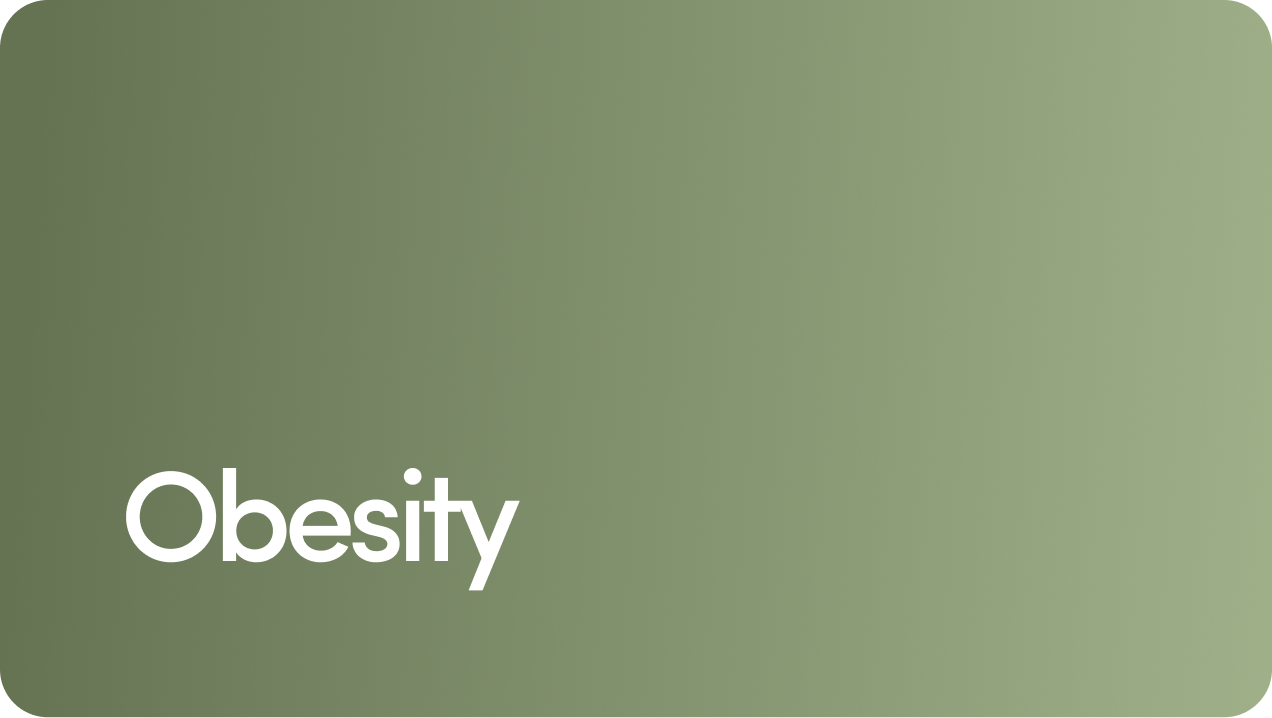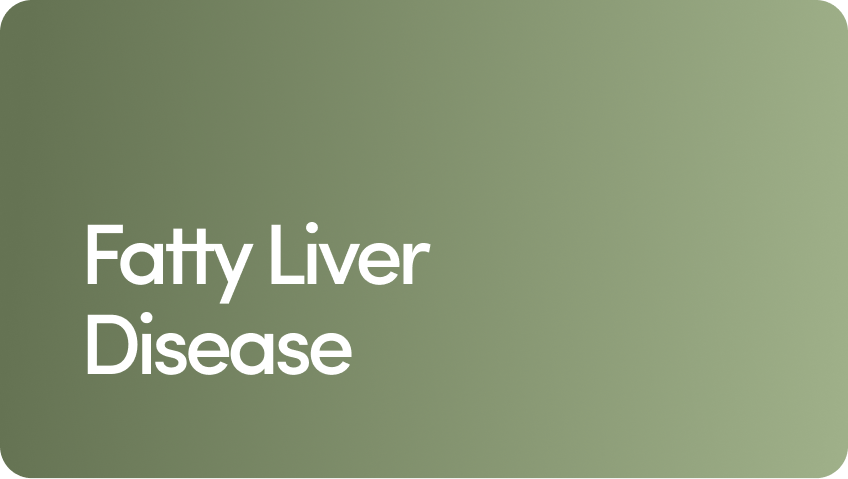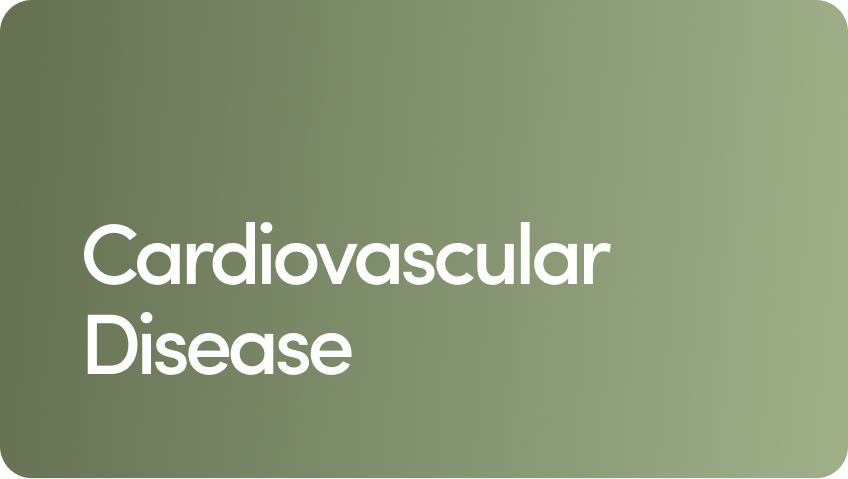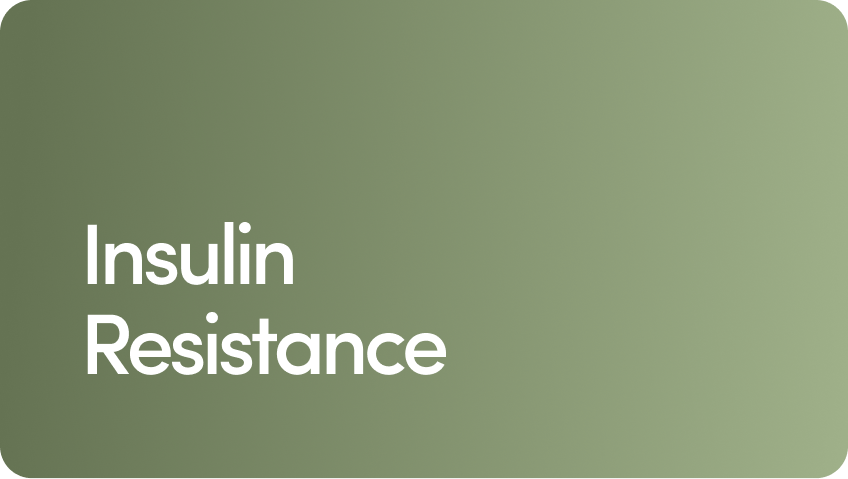Content
View weight loss medications
How I Went From Dreading Exercise to Enjoying It

For the past decade or so, I’ve genuinely enjoyed going to the gym. I know, I know… I’m rolling my eyes at myself right along with you. Figuring out how to make working out fun isn’t always easy, but I can tell you how I did it.
Growing up, I didn’t exactly have the best relationship with exercise. This is partially thanks to my preference for lounging with a good book or cackling with pals while indulging in delicious food (my eternal ”this and yap” scenarios).
But it’s also because I was self-conscious in public from an early age, especially when my body was involved. Chalk it up to my middle school PE class, which, for whatever reason, didn’t have us changing into gym clothes. I had to run the dreaded mile in a regular bra — not ideal for anyone, but especially distressing for a busty 13-year-old.
Needless to say, exercise and I were not friends. I avoided it as much as I could.
But as I’ve grown older, I’ve come to understand the importance of getting my heart rate up. And over time, I’ve learned to make exercise more enjoyable.
As for the infamous ”runner’s high?” Well, decades later, I still don’t know her, try as I may to chase her on the treadmill. I’m not a naturally gifted athlete by any stretch of the imagination. But I can confidently run a couple of miles at a decent pace, and I’ve worked hard to make exercise feel like a positive — dare I say, fun — part of my everyday routine. ~ Growth ~
So, ahead, I’m sharing how I made exercise feel fun instead of like a chore. I’m also offering science-backed tips that might help if you’re in the same boat and looking for motivation to work out.
Content
I focused on simple exercises
Research shows that enjoyment is the primary reason people stick with a new physical activity routine. Translation: Making workouts fun is a great way to stay motivated and meet your goals.
For me, the first step was finding an exercise routine that didn’t intimidate me. That meant finding a no-fuss, casual gym and sticking with a simple machine I could figure out quickly (hello, elliptical).
Whether it’s jogging in a scenic park or sticking to the simplicity of the track, the key is choosing a place and activity where you feel comfortable.
I’ll admit I haven’t always been crazy about workout classes — especially ones led by intimidating instructors who remind me of the aggressive volleyball coach from my adolescence.
But a few years ago, I decided to give them another try. I reached out to a few friends who loved going to classes after work and asked if I could tag along. I figured I would build up my confidence until I felt ready to go on my own
After a few sessions, I realized having a support system made a big difference for me. We’d catch up before and after class (and share a few laughs during), which made the whole experience way more fun. It’s amazing how much easier it is to stick with something when people cheer you on and share the highs and lows of holding that plank position.
It’s not just a personal anecdote, either. Studies show peer support can significantly boost physical activity levels.
If classes aren’t your thing, you could also consider joining an adult sports league. It’s a good way to meet new people, build community, and make exercise more social and fun.
I didn’t rush into challenging workouts
It might be tempting to jump straight into intense workouts, but it’s best not to rush it. I started with the basics — treadmill, elliptical — not high-intensity interval training (HIIT) classes.
Pushing yourself too hard could increase your risk of injury and make you even more reluctant to exercise. Starting too strong could make workouts feel exhausting, leading to discouragement and burnout.
Instead, start slowly and go at your own pace to build up your stamina. According to the U.S. Department of Health and Human Services, you should begin with lower-intensity activities and ”gradually [increase] how often and how long activities are done.”
Every fitness journey is different, and it’s essential to account for your current fitness level rather than trying to jump into peak fitness. And don’t forget to celebrate the small wins along the way.
Weight loss treatment that puts you first
I created a reward system for myself
Sometimes, the best way to motivate yourself is to attach a reward to the workout. But the reward should be something reasonable that doesn’t inadvertently sabotage your fitness efforts.
Setting small, achievable rewards has worked out quite well for me personally.
For example, I’ll tell myself, ”If I run on the treadmill, I can watch 15 minutes of my favorite show while I do it.” Or, “I can listen to my new audiobook during my walk.”
It’s helped me associate exercise with positive experiences.
And it gets me through the hardest part: Deciding to get my behind out of the house and move — even if only for a quick walk instead of a strenuous run.
I stopped comparing myself to others
One of the biggest mental roadblocks for me was comparing myself to everyone else. What was hard for me might have seemed easy to others, and I would beat myself up over it.
It’s easy to get caught up in what others are doing, but the truth is, everyone’s fitness journey is different. Who cares if I ran a 12-minute mile while Jane Doe over there finished in six minutes? In the grand scheme of things, it doesn’t matter. It doesn’t affect your worth — or your ability to get and stay fit.
Of course, it can be tough to really believe that, especially when you’re putting pressure on yourself to build a habit like working out. But the more you shift your thinking to an encouraging, supportive internal voice, the easier it becomes.
It’s all about finding balance. Research shows that having a positive, self-respecting inner dialogue can boost your performance — but leaving room for a little self-criticism can also push you to improve.
For me, the key was focusing on my own progress and goals rather than comparing myself to others. Eventually, my mindset shifted from ”How good am I at this?” to ”How do I feel?” Exercise isn’t just about burning calories or lifting heavy weights — it’s about feeling healthy and strong.
I built a routine
A big part of getting over the initial hump is forcing yourself to make exercise a habit. Sticking to a regular schedule makes things easier for me. According to the research, it helps others too.
A 2019 study found that people who exercised at the same time each day worked out more often and for longer. It didn’t matter if they exercised in the morning or later in the day — what mattered was consistency. The takeaway? Pick a time that fits your schedule and stick with it.
Why does this work? One theory is that working out at the same time and in the same setting helps cue your body when it’s time to exercise. That’s what a habit is.
One study suggests it takes eight and a half weeks for a new habit to feel automatic.
The point is, stick to it, be consistent, and you may eventually like working out.
Reshaping your relationship with exercise and figuring out how to enjoy working out isn’t something that happens overnight.
But by finding the right activity and environment, taking it slow, building support systems, and focusing on intrinsic rewards, it’s totally possible to enjoy working out — even if you once dreaded it.
This article is for informational purposes only and does not constitute medical advice. The information contained herein is not a substitute for and should never be relied upon for professional medical advice. Always talk to your doctor about the risks and benefits of any treatment. Learn more about our editorial standards here.
10 Sources
- Brenner JO, et al. (2024). Overuse injuries, overtraining, and burnout in young athletes. https://pubmed.ncbi.nlm.nih.gov/38247370/
- Centers for Disease Control and Prevention (CDC). (2023). Adult activity: an overview. https://www.cdc.gov/physical-activity-basics/guidelines/adults.html
- Gjestvang CH, et al. (2021). What wakes individuals stick to their exercise regime? A one-year follow-up study among novice exercisers in a fitness club setting. https://pmc.ncbi.nlm.nih.gov/articles/PMC8194699/
- Keller JA. (2021). Habit formation following routine‐based versus time‐based cue planning: a randomized controlled trial. https://bpspsychub.onlinelibrary.wiley.com/doi/pdfdirect/10.1111/bjhp.12504
- Kim JU, et al. (2021). The effects of positive or negative self-talk on the alteration of brain functional connectivity by performing cognitive tasks. https://pmc.ncbi.nlm.nih.gov/articles/PMC8295361/
- Ma KE. (2023). Psychology study reveals goal-oriented rewards as key factors in decision-making. https://ls.berkeley.edu/news/psychology-study-reveals-goal-oriented-rewards-key-factors-decision-making
- Schumacher LE, et al. (2019). Relationship of consistency in timing of exercise performance and exercise levels among successful weight loss maintainers. https://onlinelibrary.wiley.com/doi/10.1002/oby.22535
- U.S. Department of Health and Human Services (HHS). (n.d.). Physical activity guidelines for Americans, 2nd edition. https://health.gov/sites/default/files/2019-09/Physical_Activity_Guidelines_2nd_edition.pdf
- Winzer EV, et al (2019). Behavior changes by a buddy‐style intervention including physical training, and nutritional and social support. https://pmc.ncbi.nlm.nih.gov/articles/PMC6849832/
Editorial Standards
Hims & Hers has strict sourcing guidelines to ensure our content is accurate and current. We rely on peer-reviewed studies, academic research institutions, and medical associations. We strive to use primary sources and refrain from using tertiary references. See a mistake? Let us know at [email protected]!
This article is for informational purposes only and does not constitute medical advice. The information contained herein is not a substitute for and should never be relied upon for professional medical advice. Always talk to your doctor about the risks and benefits of any treatment. Learn more about our editorial standards here.
Mike Bohl, MD
Education
Bachelor of Arts, Egyptian and Ancient Western Asian Archaeology - Brown University | College, 2011
Doctor of Medicine - Brown University | Warren Alpert Medical School, 2017
Master of Public Health - Columbia University | Mailman School of Public Health, 2018
Master of Liberal Arts, Journalism - Harvard University | Harvard Extension School, 2022
Master of Science, Healthcare Leadership - Cornell University | Weill Cornell Graduate School of Medical Sciences, 2024
Master of Business Administration - Cornell University | Samuel Curtis Johnson Graduate School of Management, 2024
Training
Internship - NYU Grossman School of Medicine | Internal Medicine Residency—Community Health Track, 2019
Medical License
New York, 2019
Certificates & Certifications
Certified in Public Health - National Board of Public Health Examiners, 2018
Medical Writer Certified - American Medical Writers Association, 2020
Editor in the Life Sciences - Board of Editors in the Life Sciences, 2020
Certified Personal Trainer - National Academy of Sports Medicine, 2022
Certified Nutrition Coach - National Academy of Sports Medicine, 2023
Board Certified Medical Affairs Specialist - Accreditation Council for Medical Affairs, 2023
Certificate of Advanced Education in Obesity Medicine - Obesity Medicine Association, 2025
Regulatory Affairs Certification - Regulatory Affairs Professionals Society, 2025
Affiliations & Memberships
Specialties & Areas of Focus
General Practice
Previous Work Experience
Medical Expert Board Member - Eat This, Not That!, 2021–
Director Scientific & Medical Content - Stealth Biotech PBC, 2023–2024
Director, Medical Content & Education - Ro, 2021–2023
Associate Director, Medical Content & Education - Ro, 2020–2021
Senior Medical Writer - Ro, 2019–2020
Medical Editor/Writer - Sharecare, 2017–2020
Medical Student Producer - The Dr. Oz Show, 2015–2016
Research Affiliate - University Hospitals of Cleveland, 2013–2014
Publications & Research
Title: Biomechanical evaluation of a novel suturing scheme for grafting load-bearing collagen scaffolds for rotator cuff repair
Published in: Clinical Biomechanics
Date: 2015
URL: https://www.clinbiomech.com/article/S0268-0033(15)00143-6/abstract
Title: Pelvic incidence and acetabular version in slipped capital femoral epiphysis
Published in: Journal of Pediatric Orthopaedics
Date: 2015
Title: Relationship between pelvic incidence and osteoarthritis of the hip
Published in: Bone & Joint Research
Date: 2016
URL: https://boneandjoint.org.uk/Article/10.1302/2046-3758.52.2000552
Title: Effects of PDGF-BB delivery from heparinized collagen sutures on the healing of lacerated chicken flexor tendon in vivo
Published in: Acta Biomaterialia
Date: 2017
URL: https://www.sciencedirect.com/science/article/pii/S1742706117305652
Media Mentions & Features
Dr. Bohl’s medical expertise is regularly featured in consumer health media:
Eat This, Not That!: Contributor and Medical Expert Board Member on nutrition and wellness topics
The Dr. Oz Show: Behind-the-scenes contributor to Emmy Award-winning health segments
Sharecare: Public-facing health writer, simplifying complex medical issues for millions of readers
Why I Practice Medicine
Dr. Bohl developed a passion for medical content while working at The Dr. Oz Show. He realized that, through the media, he could bring important health information to the lives of many more people than he would be able to working in a doctor’s office.
Hobbies & Interests
Biking, resistance training, sailing, scuba diving, skiing, tennis, and traveling
Related Conditions
 Obesity
Obesity
 Diabetes
Diabetes
 Fatty Liver Disease
Fatty Liver Disease
 Cardiovascular Disease
Cardiovascular Disease
 Hypertension
Hypertension
 Insulin Resistance
Insulin Resistance